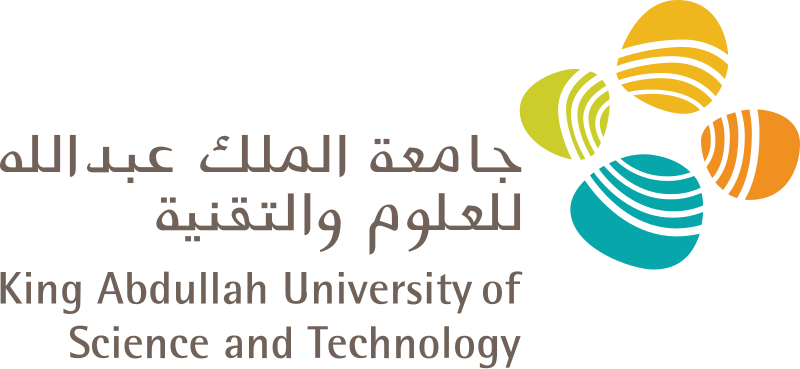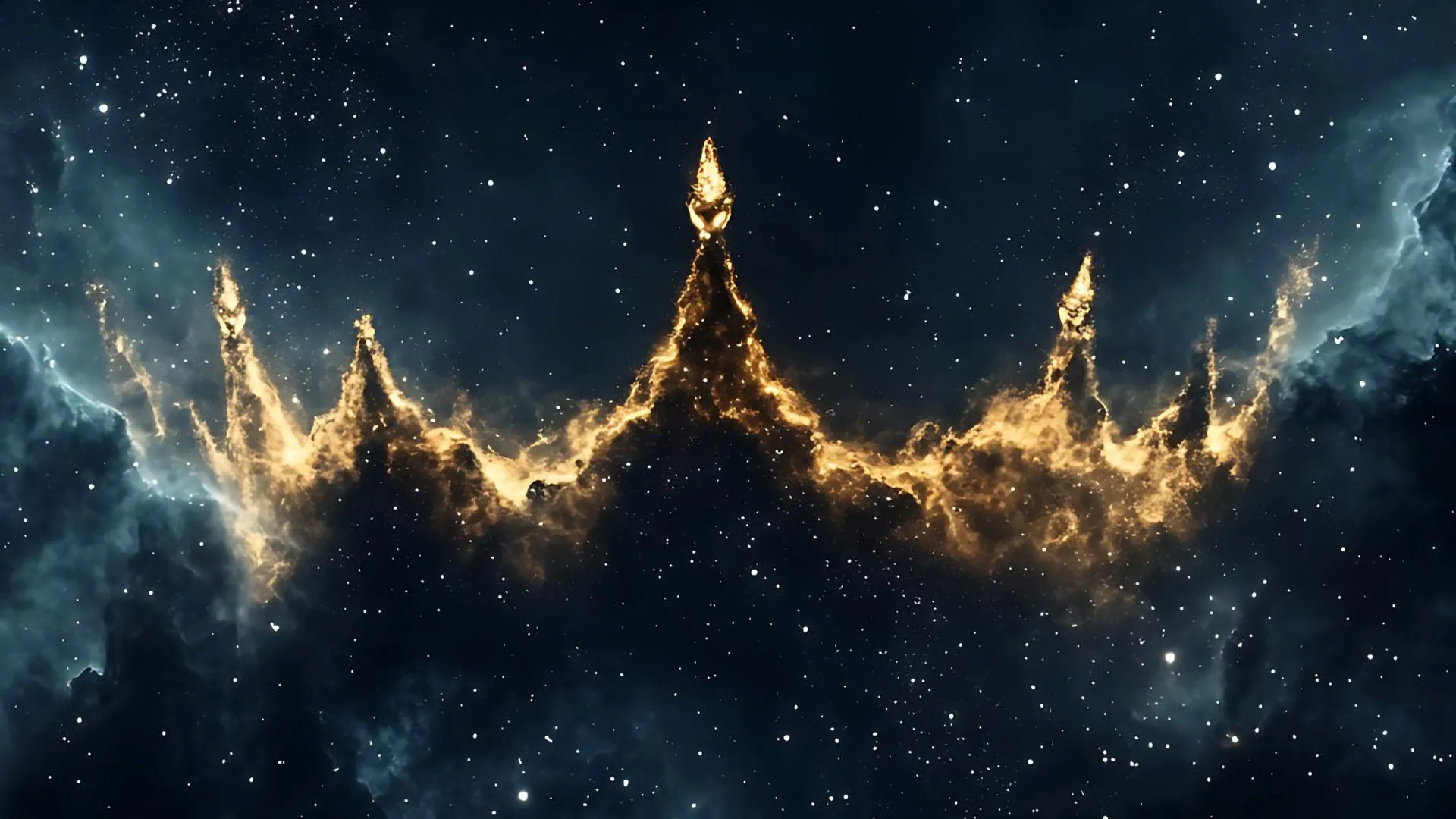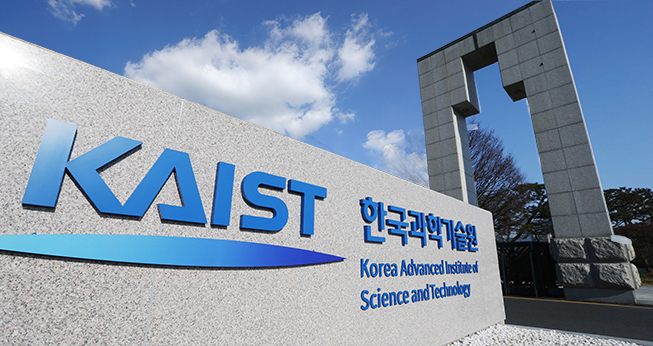
Applying to KAUST - Your Complete Guide for Masters & Ph.D. Programs (Upcoming Admissions)
Admissions Overview & Key Requirements

Sulfur, the 10th most abundant element in the universe, is expected to be present in large amounts within dense molecular clouds. Yet observations consistently show sulfur levels that are thousands of times lower than predicted.
To solve this mystery, an international team of researchers, including Ryan Fortenberry, an astrochemist at the University of Mississippi; Ralf Kaiser, professor of chemistry at the University of Hawaii at Mānoa; and Samer Gozem, computational chemist at Georgia State University recreated the extreme cold conditions of interstellar space in the laboratory. Their experiments revealed that in cold regions of space, sulfur can assemble into stable molecular shapes, such as crown-like rings of eight atoms (known as octasulfur, or S₈) and long hydrogen-linked chains called polysulfanes. These structures can form on icy dust grains, trapping sulfur in solid form and keeping it hidden from conventional detection methods.
“Instruments like the James Webb Space Telescope give us clear signals for elements such as oxygen, carbon, and nitrogen,” said Ryan Fortenberry, an astrochemist at the University of Mississippi. “But sulfur has always been an outlier. What our work shows is that the most common forms of sulfur we already know on Earth may also exist in space—just frozen into ice and difficult to see.”
The team’s findings suggest that sulfur is not truly missing, but rather hiding in plain sight. Once these icy grains heat up in star-forming regions, the sulfur molecules may sublimate into gas, where radio telescopes could finally detect them.
“This research provides a road map for astronomers to track sulfur in the cosmos,” explained Ralf Kaiser. “By identifying these stable molecular configurations in the lab, we can now guide observations and test whether they exist in interstellar space.”
Because sulfur atoms are constantly shifting between crowns, chains, and other shapes, they have been especially difficult to pin down. “It never maintains the same structure—it’s a moving target,” Fortenberry said.
The discovery deepens our understanding of how essential elements for life are distributed across the universe.
Sources:
Share

Applying to KAUST - Your Complete Guide for Masters & Ph.D. Programs (Upcoming Admissions)
Admissions Overview & Key Requirements

Erasmus Mundus Joint Master's 2026 (Upcoming Admissions)
Erasmus Mundus programs are scholarships available to students worldwide, offering fully-funded Master’s degrees to study in Europe!

Registration Opens for SAF 2025: International STEAM Azerbaijan Festival Welcomes Global Youth
The International STEAM Azerbaijan Festival (SAF) has officially opened registration for its 2025 edition!

KAIST International Graduate Admissions Spring 2026 in Korea (Fully Funded)
Applications are open for KAIST International Admissions for Master’s, Master’s-PhD Integrated, Ph.D., and Finance MBA

Young Leaders Union Conference 2025 in Paris (Fully Funded)
Join Global Changemakers in Paris! Fully Funded International Conference for Students, Professionals, and Social Leaders from All Nationalities and Fields

An mRNA cancer vaccine may offer long-term protection
A small clinical trial suggests the treatment could help keep pancreatic cancer from returning